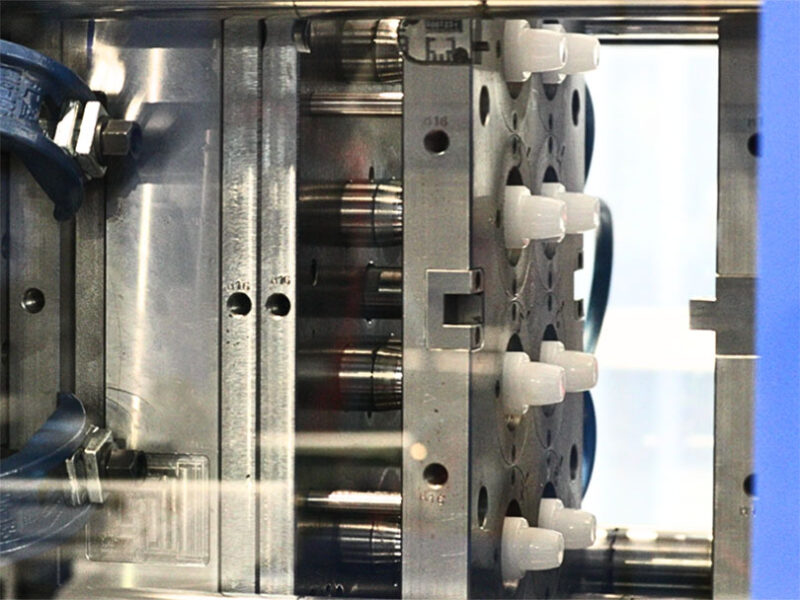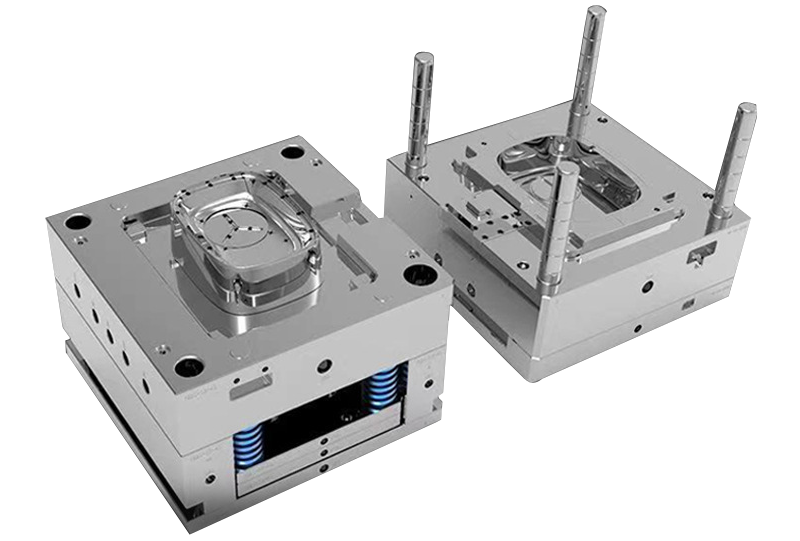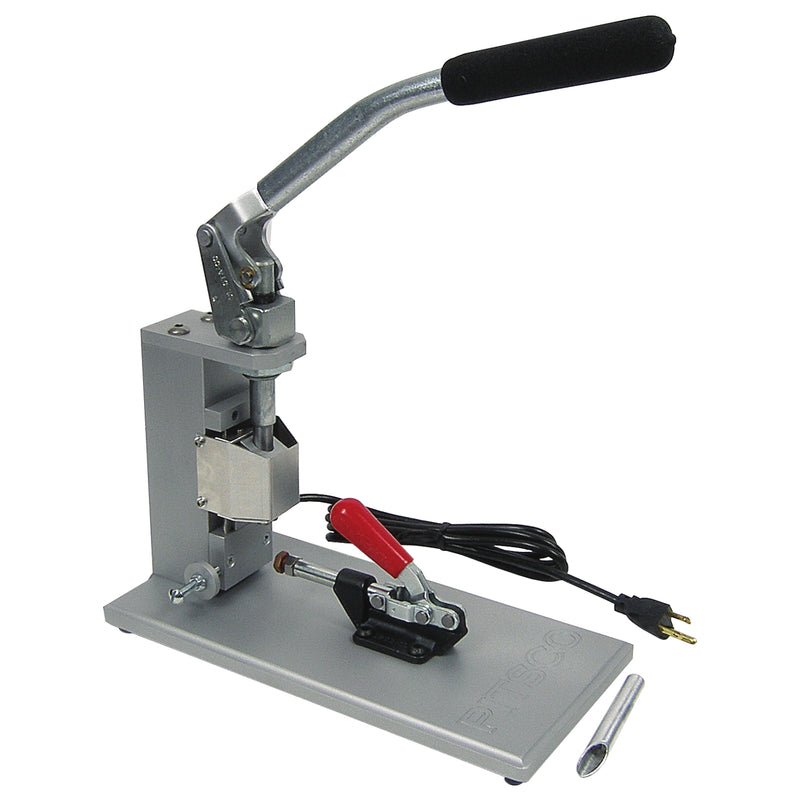Understanding the Basics of Plastic Injection Molding Procedures
Plastic shot molding serves as a cornerstone of contemporary manufacturing, supplying a methodical technique to creating complex parts with accuracy. Checking out these necessary elements might disclose just how even small adjustments can lead to substantial renovations in production end results, elevating concerns about the possibility for innovation in this recognized process.
What Is Plastic Shot Molding?
Plastic shot molding is a commonly utilized manufacturing process that changes thermosetting and thermoplastic products right into accurate and intricate forms. This method is preferred for its capability to create high quantities of the same get rid of extraordinary precision, making it a vital technique in numerous markets, consisting of vehicle, consumer products, and medical tools.
The procedure includes melting the selected plastic product and injecting it into a mold under high stress. The mold, developed to the requirements of the wanted component, allows the liquified plastic to take form as it cools and strengthens. As soon as the material has actually hardened, the mold and mildew is opened, and the completed element is expelled.
Plastic shot molding offers several advantages, consisting of reduced waste, uniformity in production, and the ability to incorporate complex designs that might be testing with various other producing techniques. Additionally, it sustains a wide series of materials, each offering distinct homes that can be customized for specific applications. As markets proceed to innovate, plastic shot molding stays at the forefront, allowing the advancement of sophisticated products that satisfy developing consumer needs.
The Injection Molding Refine
The injection molding process is an advanced technique that involves a number of crucial phases to produce top notch plastic components. Initially, plastic pellets are fed right into a warmed barrel where they are merged a viscous liquid. This molten plastic is then injected under high stress into a precision-engineered mold and mildew, which forms the product right into the wanted kind.
When the mold and mildew is loaded, the plastic is allowed to cool and solidify, taking the shape of the mold cavity. Air conditioning time is crucial, as it influences the cycle time and the final buildings of the molded part. After enough air conditioning, the mold opens, and the completed component is expelled utilizing ejector pins.

Products Utilized in Injection Molding
Numerous materials can be made use of in the injection molding procedure, each offering unique properties that accommodate details applications. One of the most frequently used products consist of thermoplastics, thermosetting plastics, and elastomers.

Thermosetting plastics, like epoxy and phenolic resins, undertake a chemical modification during the healing procedure, causing a stiff, stringent structure. These products are ideal for applications requiring high heat resistance and architectural stability, usually utilized in automobile parts and electrical insulators.
Elastomers, including silicone and rubber-based products, provide flexibility and durability. my response Their one-of-a-kind residential or commercial properties make them suitable for applications that demand elasticity, such as seals and gaskets.
Additionally, specialty products like bio-based plastics and compounds are gaining grip for their ecological advantages and improved performance qualities, expanding the extent of shot molding applications in various markets. Comprehending the residential or commercial properties of these products is crucial for selecting the proper kind for particular tasks.
Advantages of Shot Molding
Injection molding stands out as a highly effective production process that uses numerous advantages for generating complex components with accuracy. One of one of the most substantial advantages is the capability to develop detailed styles that would certainly be difficult or difficult to achieve with other techniques (Plastic Injection Molding). The procedure permits for tight tolerances and thorough functions, ensuring premium parts
In addition, shot molding is understood for its fast manufacturing read this article abilities, making it an optimal choice for high-volume manufacturing. As soon as the mold is created, components can be created quickly, reducing lead times and boosting overall performance. This effectiveness not just reduces production costs but also provides an one-upmanship on the market.
The adaptability of materials used in shot molding better improves its allure. A large range of thermoplastics and thermosetting polymers can be used, enabling manufacturers to select materials that best fulfill their particular needs, including warmth, versatility, and strength resistance.
Furthermore, the procedure reduces waste, as excess product can frequently be reused and reused. This sustainability element adds to a minimized ecological impact, making shot molding a responsible production selection. On the whole, the benefits of shot molding make it a recommended method for lots of markets.
Factors Impacting Product Quality
While countless variables can influence product high quality in shot molding, recognizing these components is essential for attaining optimal results. Key elements include product option, processing parameters, and mold and mildew style.
Material selection plays a crucial function, as various polymers display unique residential or commercial properties that impact flowability, toughness, and thermal stability. Insufficient product option can cause problems such as warping or incomplete dental filling.
Processing parameters, including pressure, cycle, and temperature time, have to be carefully regulated. Variations in these settings can lead to inconsistencies partly measurements and surface area finish. Excessively high temperature levels might trigger destruction of the polymer, while poor pressure can result in short shots.
Mold and mildew style is just as essential, as it identifies the circulation of the molten plastic and the cooling procedure. Poorly developed molds might cause irregular cooling rates, causing dimensional errors and residual tensions.

Verdict
To conclude, plastic injection molding acts as a crucial production process that allows the efficient manufacturing of high-quality parts. Mastery of the injection molding process, including the understanding of materials and the influence of various factors on product top quality, is necessary for achieving optimal outcomes. The advantages of this approach, such as cost-effectiveness and design versatility, additional emphasize its significance throughout several industries, strengthening its status as a preferred selection for high-volume production.
Plastic injection molding serves as a foundation of modern production, providing a methodical method to producing complex elements with precision.Plastic injection molding uses numerous advantages, consisting of lowered waste, consistency in manufacturing, and the ability to include intricate layouts that may be testing with other producing techniques (Plastic Injection Molding). As markets proceed to introduce, plastic shot molding remains at the center, making it possible for the development of advanced items that meet developing customer anonymous demands
The injection molding procedure is an innovative method that includes several essential stages to create top quality plastic parts.In verdict, plastic shot molding offers as a vital manufacturing procedure that allows the effective manufacturing of high-grade components.